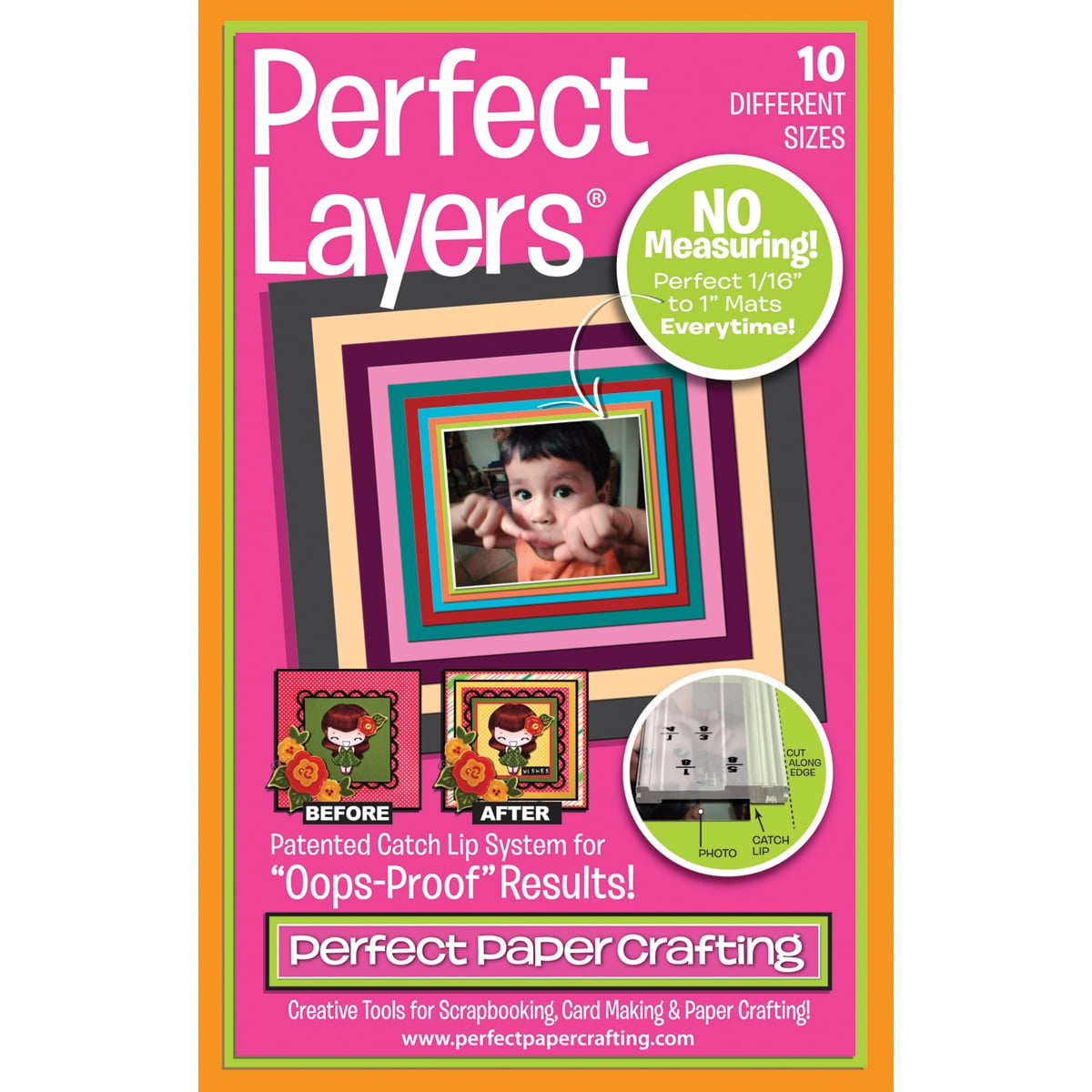

Code is a single layer of an ANN with the dimensionality of our choice. Both the encoder and decoder are fully-connected feedforward neural networks, essentially the ANNs we covered in Part 1. Let’s explore the details of the encoder, code and decoder. But to be more precise they are self-supervised because they generate their own labels from the training data. Autoencoders are considered an unsupervised learning technique since they don’t need explicit labels to train on.

To build an autoencoder we need 3 things: an encoding method, decoding method, and a loss function to compare the output with the target. The encoder compresses the input and produces the code, the decoder then reconstructs the input only using this code. The code is a compact “summary” or “compression” of the input, also called the latent-space representation.Īn autoencoder consists of 3 components: encoder, code and decoder. They compress the input into a lower-dimensional code and then reconstruct the output from this representation. IntroductionĪutoencoders are a specific type of feedforward neural networks where the input is the same as the output.
#PERFECT LAYERS TOOL 1 DOWNLOAD#
The code for this article is available here as a Jupyter notebook, feel free to download and try it out yourself. Now we will start diving into specific deep learning architectures, starting with the simplest: Autoencoders. In Part 2 we applied deep learning to real-world datasets, covering the 3 most commonly encountered problems as case studies: binary classification, multiclass classification and regression. Part 1 was a hands-on introduction to Artificial Neural Networks, covering both the theory and application with a lot of code examples and visualization. Welcome to Part 3 of Applied Deep Learning series. Applied Deep Learning - Part 3: Autoencoders Overview


 0 kommentar(er)
0 kommentar(er)
